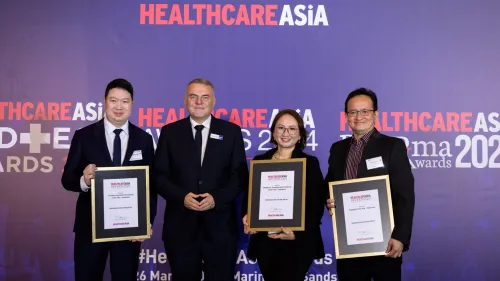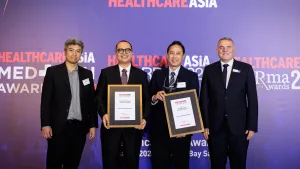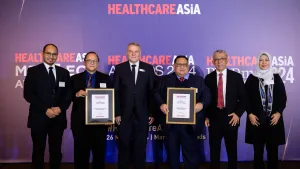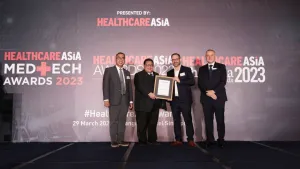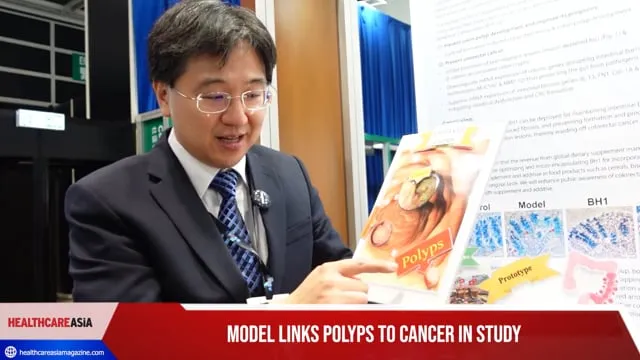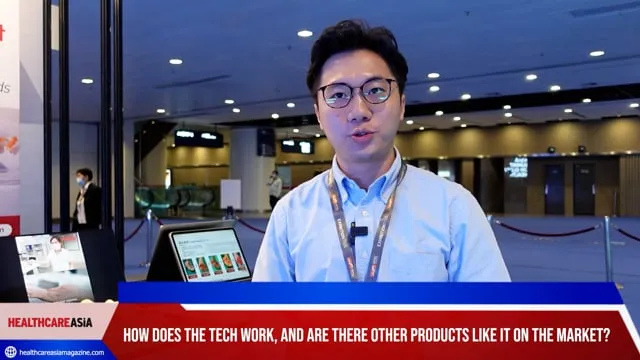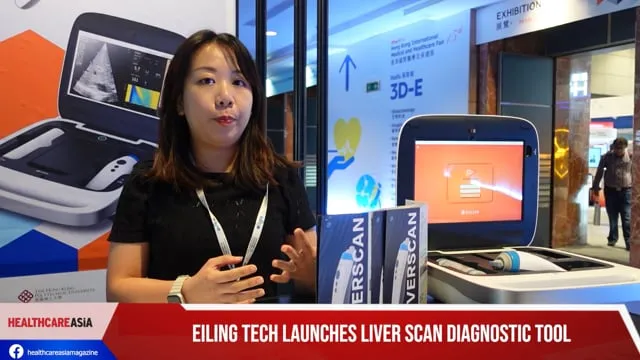
3 factors that make Asia an ideal target for healthcare investors
If there was ever a good year to be sick, it would be 2015, as public and private entities are injecting renewed vigour into the Asia-Pacific region’s healthcare scene. Experts are predicting that the industry will continue on an upwards trajectory, spearheaded by innovations in primary care and hospital services.
“Overcrowded public hospitals, urbanization, disease and lifestyle trends, increasing private health insurance coverage, and awareness of the importance of health management will see the private hospital market in Singapore grow at a rate of 13% between 2015 to 2020,” says Rhenu Bhuller, senior vice president of healthcare at Frost & Sullivan Asia Pacific.
The expectation, though, will not be met through sheer government will alone. A lack of public funding with a mere CAGR of 0.7% since 2000 has led to fairly high prices and premiums that are out of reach for the majority of the population. Furthermore, APAC’s large population is a breeding ground for chronic diseases which require specialized facilities and products.
“There is rising demand in Asia for sophisticated healthcare products and services. Market dynamics, [forecasted long term growth, and low M&A activity in the Asia-Pacific] will lead to attractive private sector investment opportunities opening up in the region,” notes Sanda Wijeratne, manager at Stax Inc.
The compatibility of medical devices and consumables — as well as the ensuing demand and government support — within ASEAN will drive investments towards these segments. The efforts in health technology assessment are also expected to impact thr pricing and availability of products and services, hopefully channelling them to countries that sorely need them.
Additionally, a more accepting market with liberal policies benefitting and protecting consumers will lead to easily obtainable healthcare wares driven by patient- and not profit-interests.
Moreover, pharmacies will continue transitioning into a more proactive medical body advocating patient compliance, preventative healthcare, and over the counter treatments, reducing the load on emergency and confinement rooms, as well as minimizing healthcare costs in the long run.
Finally, telecoms will play an integral role in home health integration. Improvements in their infrastructure and existing portfolio, combined with the proliferation of smartphones and wearable devices, are expected to create trouble-free basic health monitoring.
Bhuller adds, “With the aim of shifting patient loads from hospitals to primary care, governments in South East Asia are driving initiatives to create a more robust primary healthcare sector, even while they focus on improving basic healthcare access and services. The Asia Pacific region (ex-Japan) will continue to provide double digit growth in 2015 at 11%, compared with the global average of 5%.”
“The trifecta of rapid growth in demand, inadequate supply, and low deal activity makes Asia an ideal target for healthcare investors,” says Wijeratne.
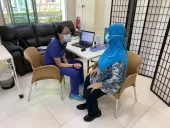

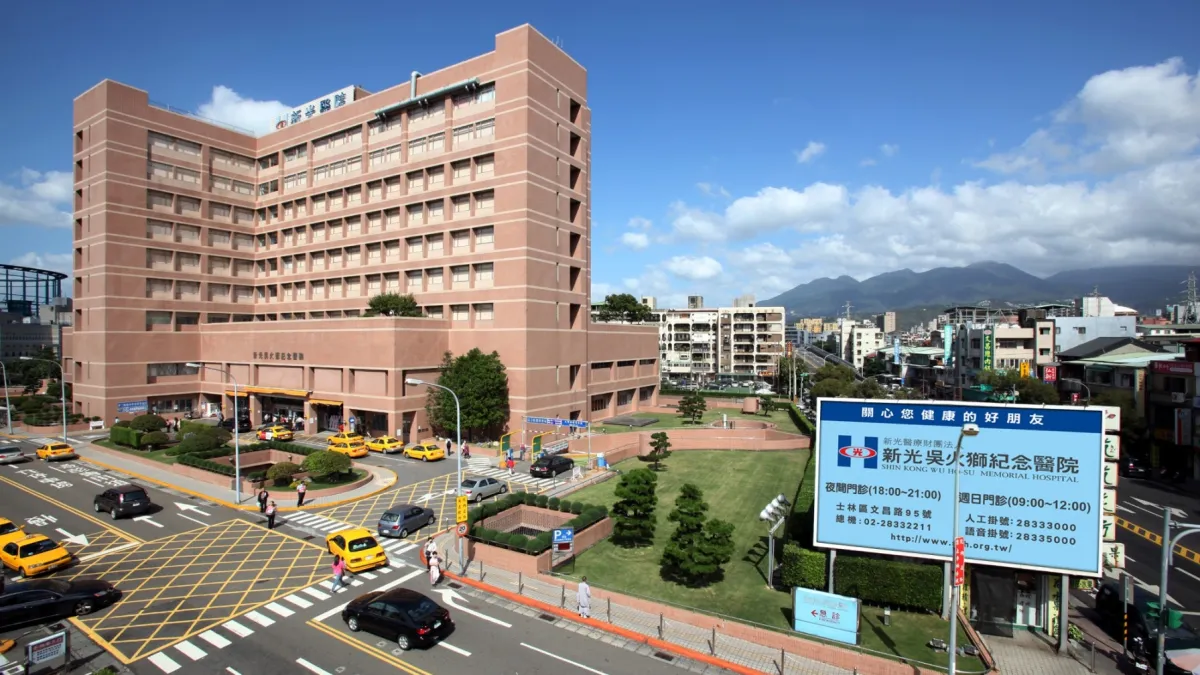


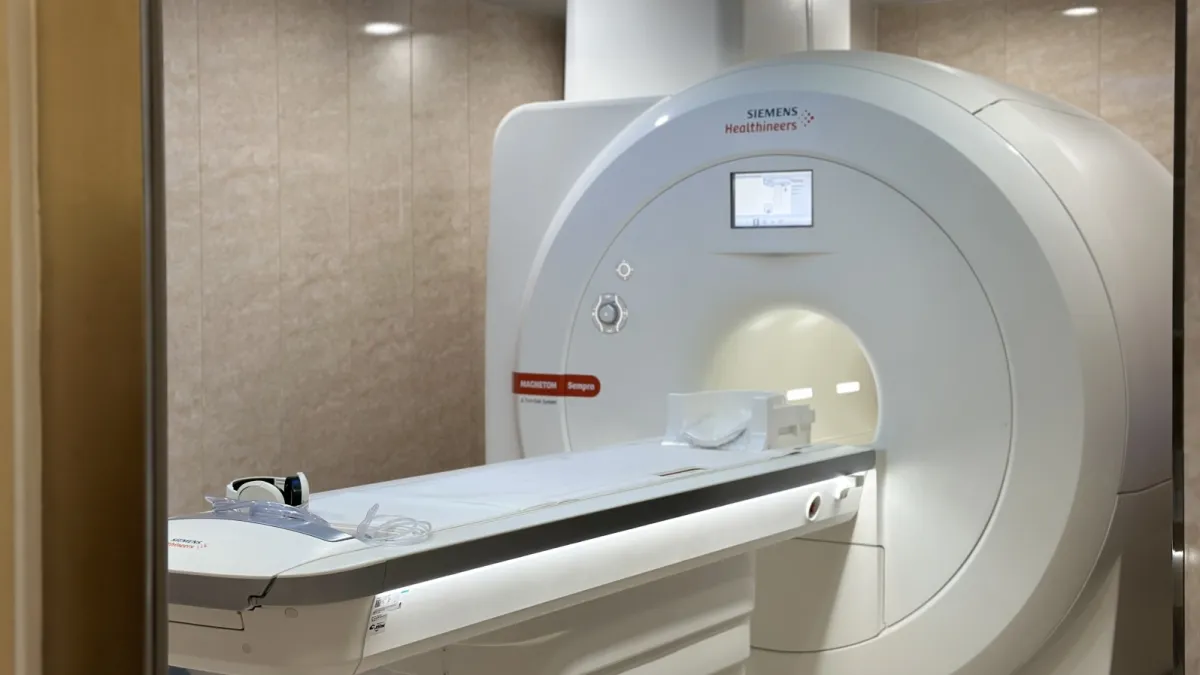




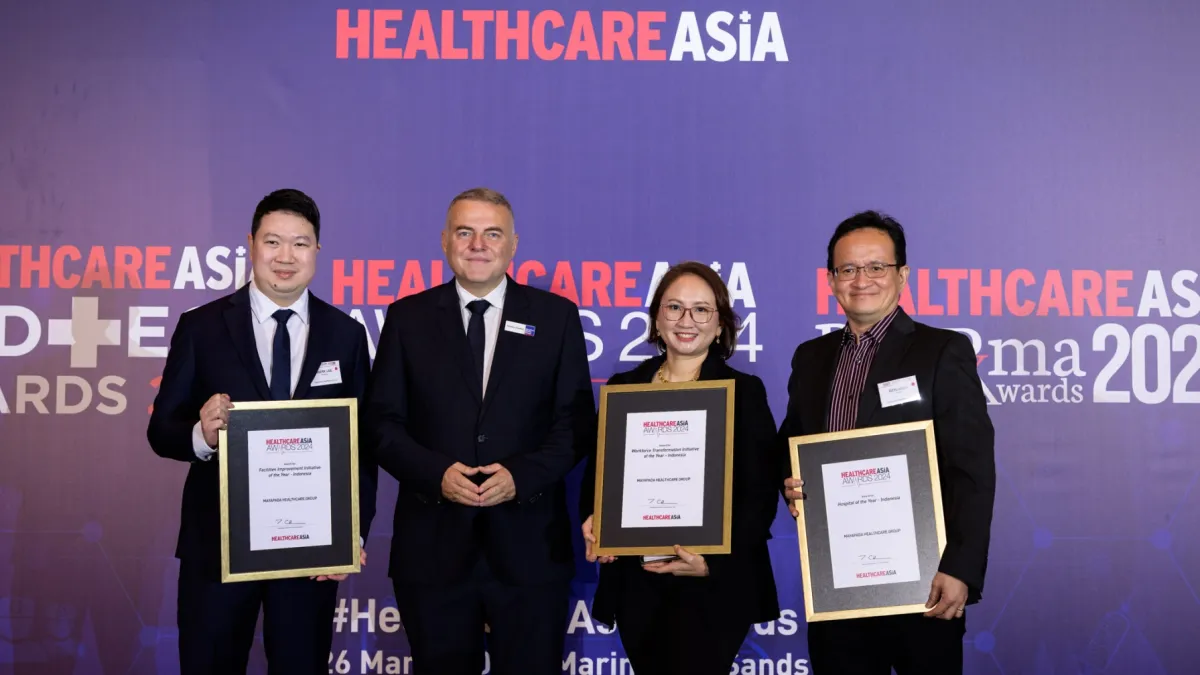
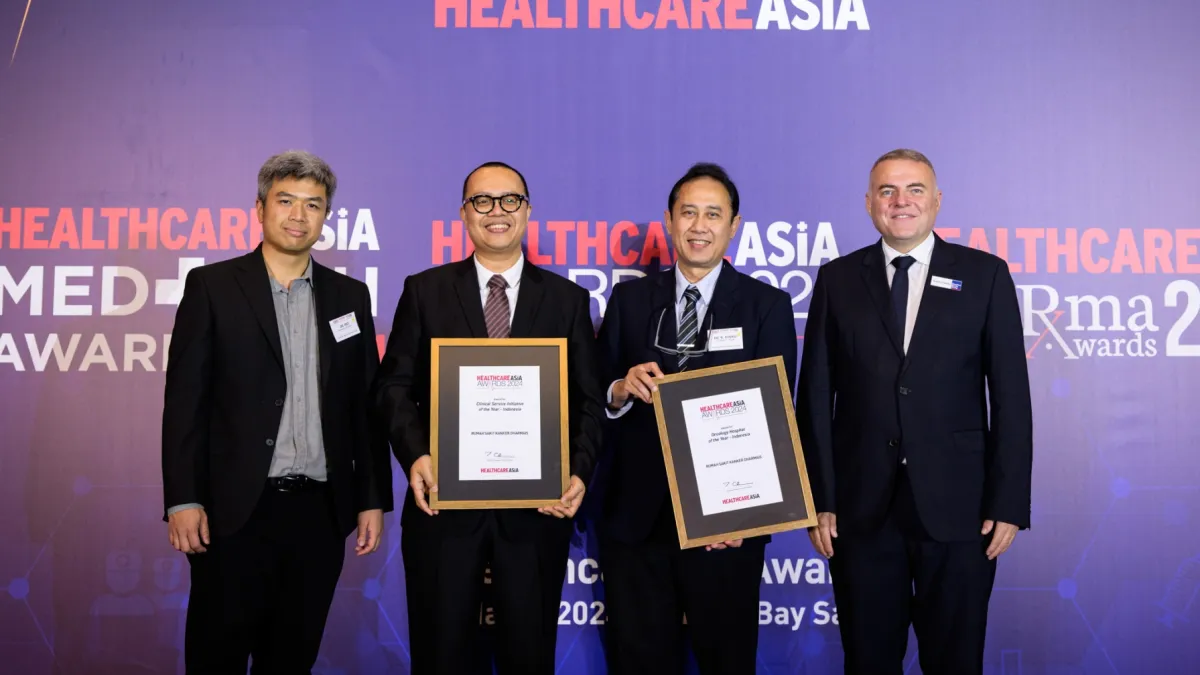
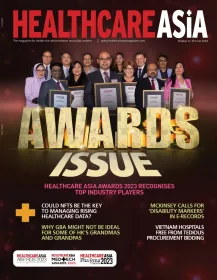
 Advertise
Advertise
